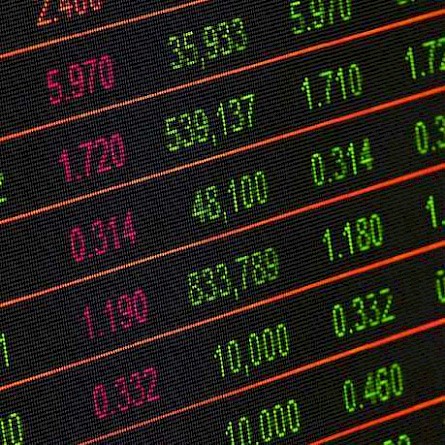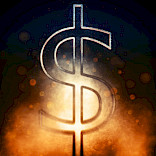Here are my highlights.
Berkshire Hathaway’s shares increased 29.6% in 2021, compared to 28.7% for the S&P 500 index (including dividends). Over the past 10 years, the company’s stock has appreciated 292.3% compared to 362.7% for the S&P 500, or compound annual returns of 11.3% and 13.8%, respectively. Since the arrival of Warren Buffet at the head of the company to the end of last year, that is, from 1964 to 2021, the total return of the Berkshire Hathaway stock has been 3,641,613% compared to 30,209% for the S&P 500. The stock’s compound annual return was 20.1% compared to 10.5% for the S&P 500.
Mr. Buffett reiterated that his goal and that of his partner and vice-chairman of the board, Charlie Munger, is to own investments in companies that have sustainable competitive advantages and that are led by a top-notch CEO. These investments can be minority stakes in publicly traded companies or full ownership of private companies. When the company owns shares of companies on the stock market, it is for the long term and not with the aim of reselling them at an opportune time.
Mr. Buffett points out that while Berkshire Hathaway is often seen as a somewhat odd amalgamation of financial assets, the company also owns (“infrastructure”) assets worth some US$158 billion on its balance sheet as of December 31, 2021, which is more than any other US company (all amounts are in US dollars). These major assets come from its railroad (Burlington Northern Santa Fe or BNSF) as well as its power generation and transmission company (Berkshire Hathaway Energy).
Berkshire Hathaway acquired its first insurance company, National Indemnity, in 1967 for $8.6 million. It is these insurance businesses and the “float” they produce (the money the company collects from its premiums and can invest before having to pay out for future claims) that allowed Mr. Buffett to build the huge conglomerate that Berkshire Hathaway has become today, with a market capitalization of nearly $715 billion. Since 1967, this “free float” has gone from $19 million to nearly $147 billion! And it continues to grow: in 2021, it increased by $9 billion.
More importantly, this substantial “float” has been accumulated at a negative cost! Indeed, the insurance business has managed to earn a modest insurance profit over the past 55 years. It is largely the capital from the “float” that Mr. Buffett has been able to redeploy very effectively into other investments, both in publicly traded companies and in companies that he has acquired entirely over the years.
Mr. Buffett considers Berkshire Hathaway to have “four giants” that account for a substantial portion of the company’s value. These four giants are: 1- its insurance activities (a vast group offering a variety of types of insurance); 2- Apple, an investment made by Berkshire Hathaway in 2016 and which was worth some $161.2 billion at the end of 2021; 3- BNSF (railroad), a company that Buffett describes as the “number one artery” of American commerce and whose net profits amounted to nearly $6.0 billion in 2021; and 4- Berkshire Hathaway Energy, whose net profits were $3.5 billion in 2021. Interestingly, Buffett views Berkshire’s investment in Apple as one of his businesses and not as a property that could be sold at any time.
Berkshire Hathaway ended 2021 with $144 billion in cash. Mr. Buffett would like to invest this cash, which provides a very modest return to the company, but he is waiting for opportunities. Clearly, he had not yet found attractive opportunities at the end of 2021. It must be pointed out that Berkshire must invest tens of billions of dollars in a new investment, which greatly limits the possibilities. In fact, in recent years, the company’s largest investments have been buybacks of its own shares. In 2021, it repurchased $27.1 billion compared to $24.7 billion in 2020. Over the past three years, repurchases total nearly $57.2 billion and have allowed the company to reduce its number of outstanding shares by almost 10%.
After two years of the pandemic, Berkshire Hathaway’s annual meeting will take place in person on April 30. My investment team and I will make it our duty and pleasure to attend.





